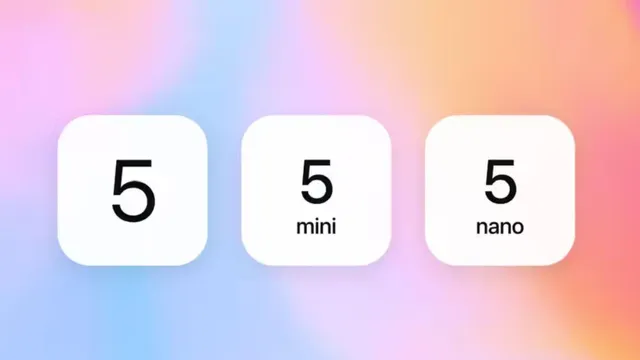- By Prateek Levi
- Fri, 08 Aug 2025 12:40 PM (IST)
- Source:JND
OpenAI has officially introduced GPT-5, its newest generation of frontier AI models, bringing substantial upgrades in coding, mathematics, writing, health, and visual perception. The company is making it available immediately to all ChatGPT users, including those on the free tier—a first for a flagship launch. Subscribers to the Plus, Pro, and Team plans already have access, while Enterprise and Edu customers will receive it starting August 14.
The San Francisco-based company confirmed GPT-5 will replace GPT-4o, OpenAI o3, o4-mini, GPT-4.1, and GPT-4.5 for logged-in users. This means there’s no need to switch between models for different tasks. The model is designed to “intuitively understand when to use reasoning and when to generate quick responses.” Paid users will also get GPT-5 Thinking, a deeper reasoning version tailored for more complex problems.
ALSO READ: Garena Free Fire Max August 8, 2025 Redeem Codes Are Out: Grab FREE Rewards Now!
Plans, Pricing, and API Access
For developers, GPT-5 will be available via API at $1.25 per million input tokens and $10 per million output tokens. GPT-5 Nano, the budget-friendly variant, costs $0.05 for input and $0.40 for output per million tokens. Pro plan subscribers, at $200 a month, gain unlimited use and access to GPT-5 Pro.
Performance Upgrades
OpenAI describes GPT-5 as a unified system of large language models with significant accuracy improvements. It reportedly scored 74.9% on the SWE-bench Verified benchmark, well above GPT-4.1’s 54.6%, making it OpenAI’s strongest coding model yet. The model can now handle large repository debugging and generate complete, responsive websites, apps, and games from a single prompt.
A new real-time router allows GPT-5 to switch between quick-response and reasoning modes dynamically, based on signals such as when users change models or rate responses. Hallucinations have been reduced, and adherence to instructions has improved.
Better in Health and Writing
Health-related queries see major improvements. According to OpenAI, “Compared to previous models, it acts more like an active thought partner, proactively flagging potential concerns and asking questions to give more helpful answers.” The model can also adapt to a user’s location, knowledge level, and context to deliver more relevant responses.
For writing, GPT-5 handles structural ambiguity better and balances precision with expressiveness, producing content that feels both accurate and natural.
Custom Chat Personalities
In a research preview, OpenAI is offering four optional GPT-5 personalities — Cynic, Robot, Listener, and Nerd — designed to match user communication styles. These are text-only for now, with voice support coming later.
Safety Training Changes
The model underwent 5,000 hours of safety evaluation. OpenAI has introduced “safe competitions”, a new training approach that replaces refusal-based safety systems. This method lets GPT-5 answer more questions while staying within safety boundaries, explaining refusals and offering alternatives when needed.
ALSO READ: Reliance Jio Developing 6G: Aims To Become A Global Leader In Next-Gen Network Technology
Microsoft and GitHub Integration
Microsoft is embedding GPT-5 into Copilot, 365 Copilot, and its consumer products, giving them better reasoning, longer conversations, and improved context awareness. GitHub is also integrating GPT-5 across all paid Copilot plans, enabling developers to write, test, and deploy code directly from GitHub.com, Visual Studio Code, and GitHub Mobile. Azure AI Foundry customers will get the benefits of GPT-5’s router to match prompts with the best model for the task.

